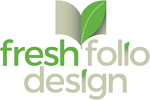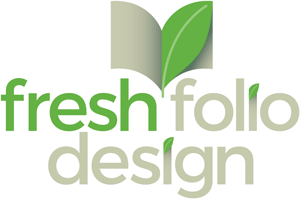The parable of the blind men and an elephant is a story of a group of blind men who are interacting with an elephant for the first time. Each one is describing the part that is in front of him and the conflicting descriptions result in fighting rather than a conversation.
I was reminded of that parable when speaking to someone about creating a brochure for their message. They expressed concerns about how effective a brochure would be for their message because they had tried them before.
When I asked to see samples of what they had done, I could see immediately that their previous “brochures” were in actually flyers and pamphlets.
Similarly, you may have a particular perspective on what is a brochure. However, that perspective may be too limited or in some cases off the mark. Let’s begin by defining what is a brochure and then elements that can make them more effective.
Back to the Basics
 There are a lot of definitions floating around, but one that pops up quite consistently is: a small printed book or magazine containing pictures and information about a product or service.
There are a lot of definitions floating around, but one that pops up quite consistently is: a small printed book or magazine containing pictures and information about a product or service.
The fact that it is described as a book or magazine suggests that this is not just a single piece of paper or flyer. It has some type of fold and/or binding, giving the audience something to interact with.
There are multiple benefits this provides. First, a printed brochure is always available. It doesn’t rely on internet-access and the user experience is something that you can control. Depending on screen size and resolution, there can be a significant difference in your audience experience. However, with a printed brochure you control exactly what the viewer sees.
Second benefit is print helps with reader retention.
A study that was conducted by Anne Mangen, professor at the Reading Center at the University of Stavanger, Norway, where participants were given a 28-page mystery story to read in either a screen format or print format. Afterward, when they were asked questions about the text, the participants who received the printed version retained more correct information about the contents.
Picture Perfect
 The old adage is true, “a picture is worth a thousand words.” What may take multiple paragraphs to explain in written form, can be succinctly communicated by an effective graphic.
The old adage is true, “a picture is worth a thousand words.” What may take multiple paragraphs to explain in written form, can be succinctly communicated by an effective graphic.
Different from pamphlets or flyers, a brochure usually uses more graphics to help communicate information. This can be in the form of icons & illustrations, charts & infographics, or photography.
A well-designed brochure acts as a road map for your message and often functions as a company’s silent salesperson. What differentiates them from lesser-quality materials is that the visuals and format work together to tell a cohesive story that communicates clearly to the reader.
Message in a Bottle
 The final part of our definition is the information, or message, of the brochure. When you are putting your content together, return to the basics pertaining to what you want the brochure to accomplish.
The final part of our definition is the information, or message, of the brochure. When you are putting your content together, return to the basics pertaining to what you want the brochure to accomplish.
Imagine someone stranded on an island putting a message in a bottle to throw into the ocean hoping to be rescued. They wouldn’t waste space on that paper saying something that isn’t relevant to helping someone find them.
Similarly, you want to have clarity in your message. So, once again, return to the basics of the 5 W’s:
- Who is your audience?
- What are your goals for this piece?
- Where else will this information be communicated?
- When do you want it available and how long will it circulate?
- Why are you communicating this information?
Answering those 5 questions will help bring clarity to the kind of brochure that would best serve your needs.
Do you have a message that you want to share? Let us help you create a strong, effective brochure that makes your message more memorable.




Leave a Reply